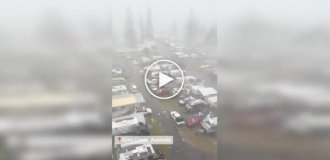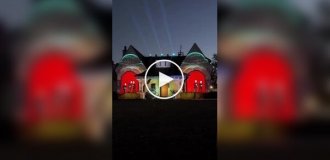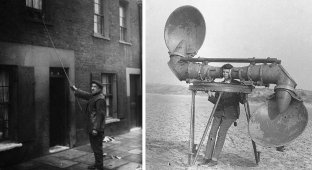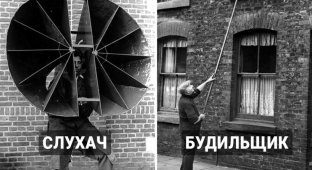18 Professions That Burned in the Furnace of Progress (26 photos)
Nowadays, technology is developing so fast that professions that used to seem like science fiction are becoming commonplace. But some professions that used to be important have become a thing of the past. 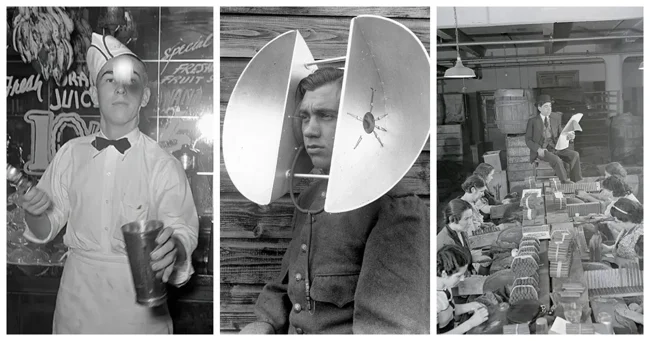
Let's talk about professions that have disappeared. Some of them now seem really strange - it's hard to believe that these tasks were previously performed by people and not machines.
I wonder which professions that seem familiar to us now will disappear in the future?
1. A reader (lecturer) at a factory 
A lecturer reads to workers at a Cuban cigar factory, 1900
In the past, factories often hired readers, or lecturers. Their job was to read stories out loud to workers so that they could take a break from the monotony of factory work and have a little fun. 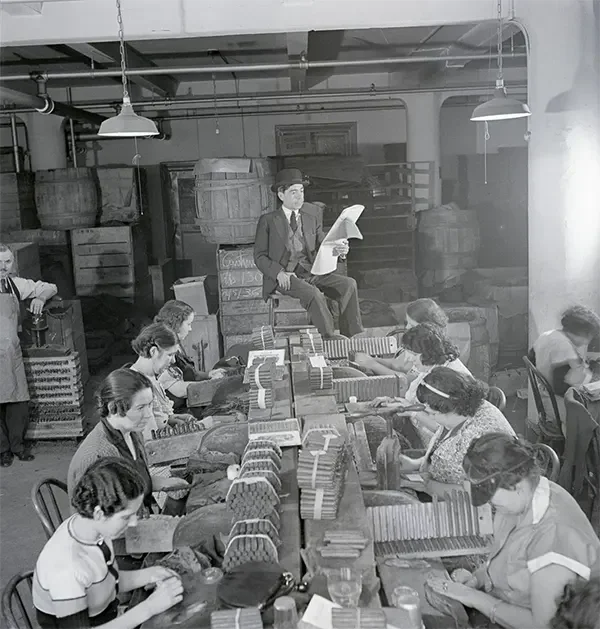
A lecturer reads a newspaper to workers at a cigar factory, 1900s
This practice first appeared in the 1860s in Cuban cigar factories. In the United States, it was widely used in the Ybor City cigar factories in Tampa. However, in 1931, after a strike by cigar makers in Ybor City, this tradition was discontinued.
2. Town Crier 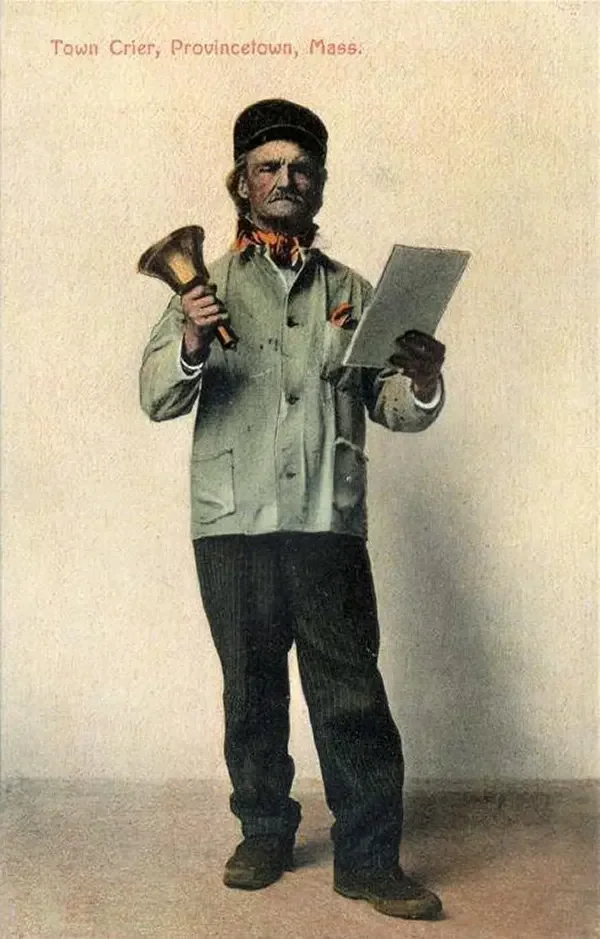
Town Crier of Provincetown, Massachusetts, in 1909
Back when many people couldn't read or write, towns had special people who would announce news. They would loudly announce important events, new laws, and special dates. For example, in ancient Rome, criers would announce market days, which were held every 8 days. It was like a weekend. In some towns, criers did more than just announce news. In the German town of Goslar, for example, a town crier would remind residents not to pollute the river the day before collecting water for beer.
Although town crier is no longer as important, their traditions have survived in some modern festivals and competitions. In such competitions, participants compete to see who can announce the news best and loudest.
3. Lamplighter 
A lamplighter in 1898, Ireland
Another profession that reached its peak in the 19th century, but which still exists today, is the lamplighter. In those days, lamplighters, working in urban areas, lit street lamps at dusk using a long pole with a wick. At dawn, they returned to extinguish the light using a small hook attached to the same pole. Their duties also included carrying a ladder to change candles, refill oil supplies, or replace gas cylinders. 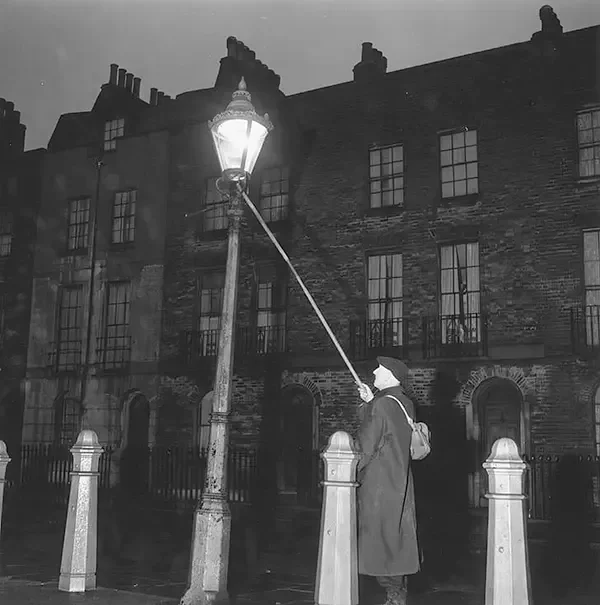
A lamplighter in Paris in 1901
In some cities, lamplighters performed a similar function to city guards: they ensured safety on the streets. However, in other cities, their work was considered more ceremonial.
Today, although lantern lighting has largely lost its relevance, in some cities the tradition continues. First of all, this is because the lanterns become tourist attractions, allowing to preserve a sense of historical charm.
4. Pinsetter 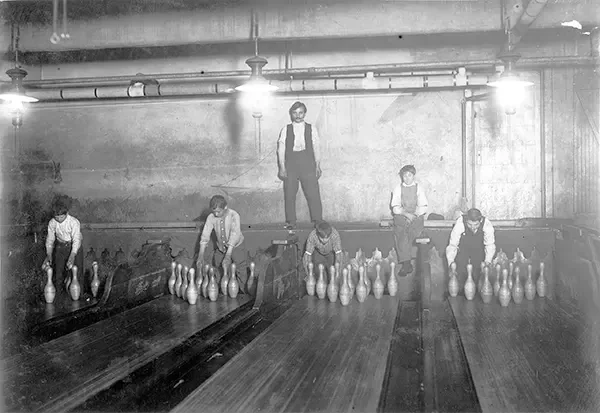
1:00 a.m., pinsetters set the pins on the bowling alleys. Brooklyn, New York, April 1910
Before the advent of automatic pinsetters on bowling alleys, resetting the pins after each turn was the job of the pinsetter, often called the "pin boy." Pinsetters had to work very quickly to avoid disturbing the players. This job required quick reactions and dexterity.
5. Milkman 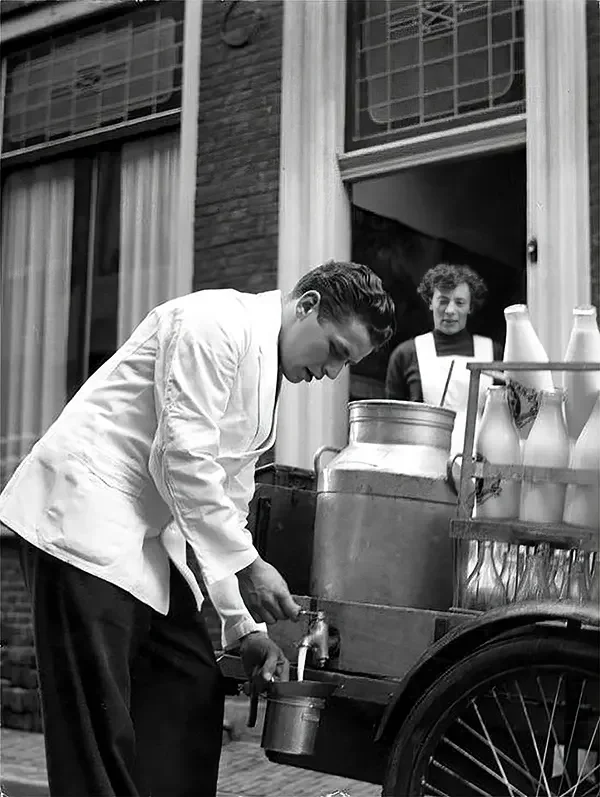
A milkman in the Netherlands in 1956
Before refrigerators, there was such a person as a milkman. He brought you milk every day or every other day, and it was always fresh. 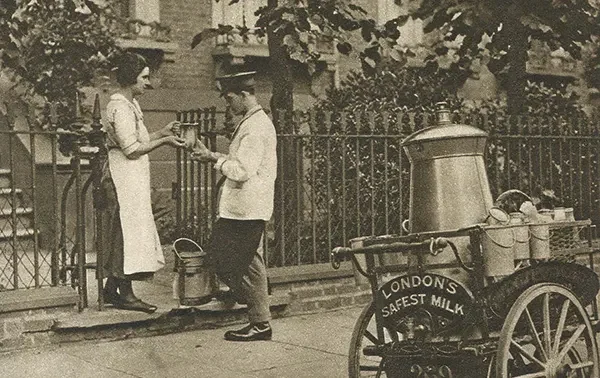
6. The Alarm Clock Man 
Mary Smith charged sixpence a week to wake her clients in east London
During the Industrial Revolution in the Netherlands, Great Britain, Ireland and other countries, the profession of alarm clock was widespread. It arose at a time when alarm clocks were expensive and unreliable. The main task of the alarm clock was to wake people from sleep, thereby ensuring that they arrived at work on time.
Although the profession began to fade in the 1940s and 1950s, it continued to exist in some industrial areas of England until the early 1970s. 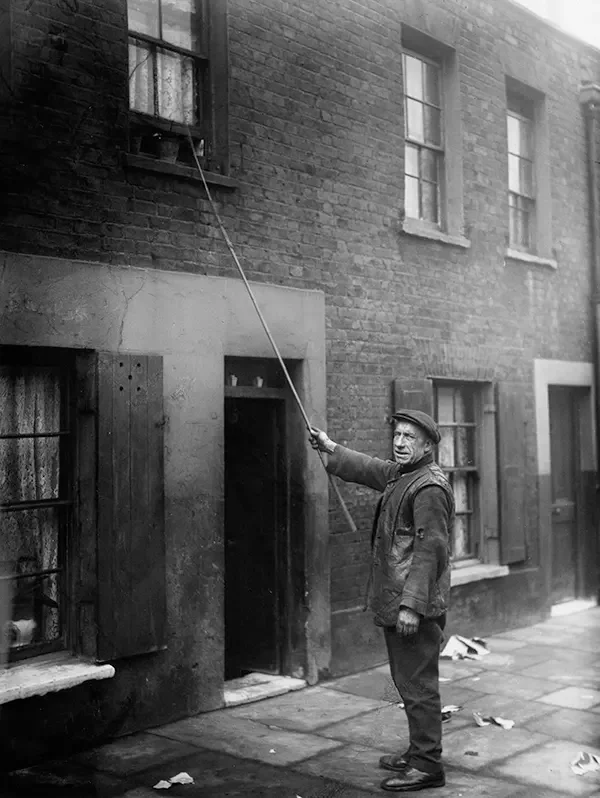
Alarm clock men wake up their customers
Alarm clock men would knock on their customers' doors with a short heavy stick (a baton) or use a long light stick (bamboo) to reach out and knock on their customers' windows. Sometimes they would throw small stones at the window or shoot dry peas from a tube for the same purpose. They would receive a few pence a week for their work.
7. Ice Cutter 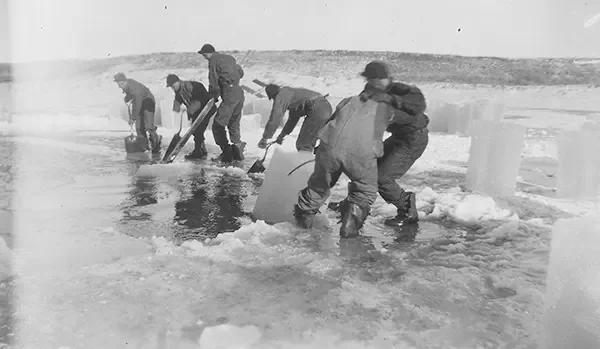
Ice axes, early 1900s
Until the early 20th century, ice was mostly harvested naturally by hand from frozen lakes. This was very hard work.
Even ancient civilizations such as Greece, Rome, Persia, and China knew how to store ice collected in winter for use in the warm season. However, the ice cutting industry only began to actively develop in the early 19th century. 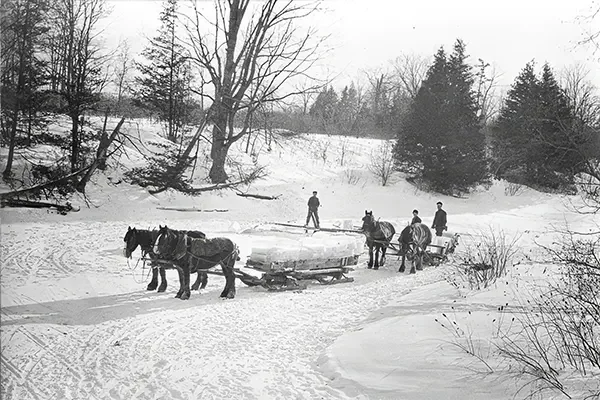
Ice pickers in Toronto, Ontario, Canada, 1890s
Ice pickers would find and cut large blocks of ice from the surface of frozen bodies of water. They would then transport the ice to storage facilities. However, with the development of refrigeration and other cooling methods, the need for manual ice picking gradually diminished, eventually leading to the disappearance of the profession.
8. The Rat Catcher 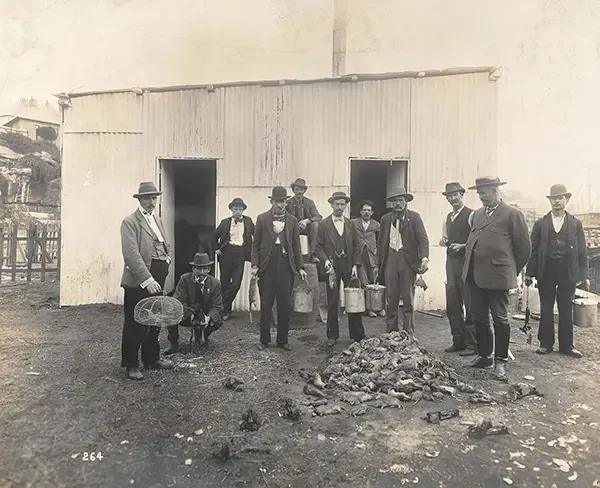
Rat catchers next to a pile of dead rats during an outbreak of bubonic plague in Sydney in 1900
In Europe, rat control was an important task as it helped prevent the spread of diseases, particularly the Black Death, and protected food supplies from contamination and spoilage.
Traditional methods of rat control included hand trapping and the use of rat-catchers, who were specially trained or had a natural talent for hunting rodents. Various types of traps were also used.
Modern approaches to rat control have expanded significantly and now include a variety of methods, such as setting traps, using poisoned bait, attracting natural predators, and using smoke machines.
9. Log Rafter 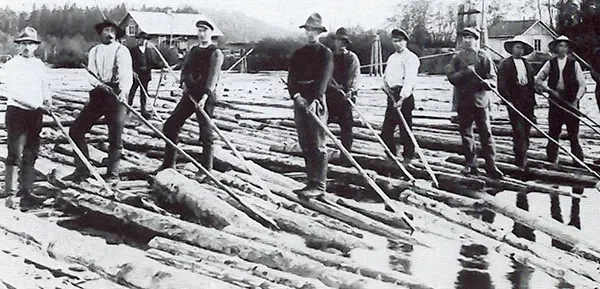
Log rafters in Klarålven, Sweden
Log transport is an important part of lumber production, especially in remote areas. In areas with harsh winters, this work usually began in the fall. A group of workers would travel upriver into the forest. They would clear a site and build a camp there. When winter came and the ground froze, more workers would come to the camp to begin harvesting timber.
The workers would cut down trees and saw the trunks into logs about 5 metres long. They would use oxen or horses to drag the logs along icy paths to the river bank. There, the logs would be stacked on "riffles". 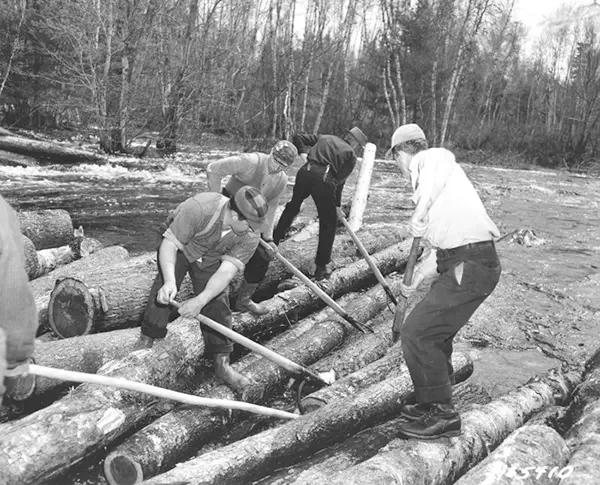
Loggers at Carrick Pitch, 1951
When the snow melted and the water level rose, the logs would roll into the river and begin to float downstream. To prevent them from getting stuck or drowning, special workers were hired - "log drivers" or "river pigs". They watched over the logs and guided them so that they floated safely and quickly down the river.
10. Switchboard Operator 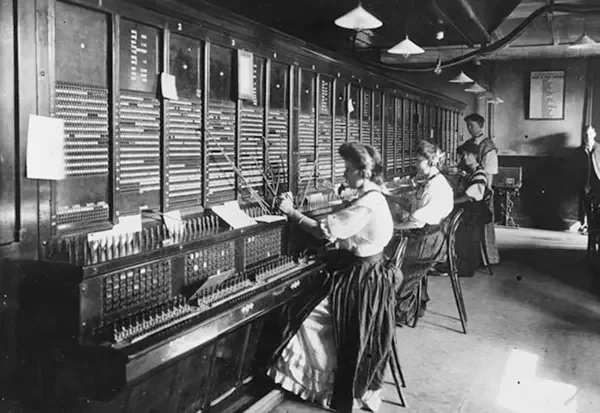
Operators at the switchboard of the National Telephone Company, UK
As the telephone grew in popularity and its superiority over the telegraph, telegraph operators gradually gave way to switchboard operators. These operators manually connected subscribers to the necessary telephone lines. Initially, teenage boys were hired for this role, but their behavior caused dissatisfaction, which led to changes in the hiring system. It was suggested that women were better suited for the job, and this became the basis for changes in the industry. 
Emma Nutt, widely known as the first female switchboard operator, started her work in 1878. She received $10 a month for a 54-hour work week.
Over time, these operators were replaced by automated systems, which first allowed direct dialing within a local area, and then for long-distance and international direct calls.
11. The "Resurrectionist" (Body Snatcher) 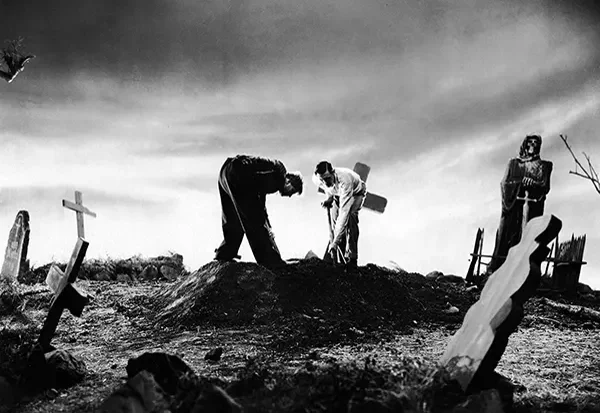
Universities needed cadavers for scientific research, but they were difficult and expensive to obtain legally. In the 18th and 19th centuries, "resurrectionists" were common in the United Kingdom - people who illegally exhumed bodies for medical research. From 1506 to 1752, a limited number of cadavers were available for anatomical research, creating a high demand for illegal organ procurement.
Resurrectionists faced serious risks, including the threat of physical violence if caught. To prevent grave robbery, cemeteries were routinely heavily guarded, with night watchmen patrolling burial sites. Wealthy individuals placed the remains of loved ones in reinforced coffins, while others used physical barriers such as burial vaults or heavy stone slabs to make it difficult to remove the bodies.
12. Radar Man 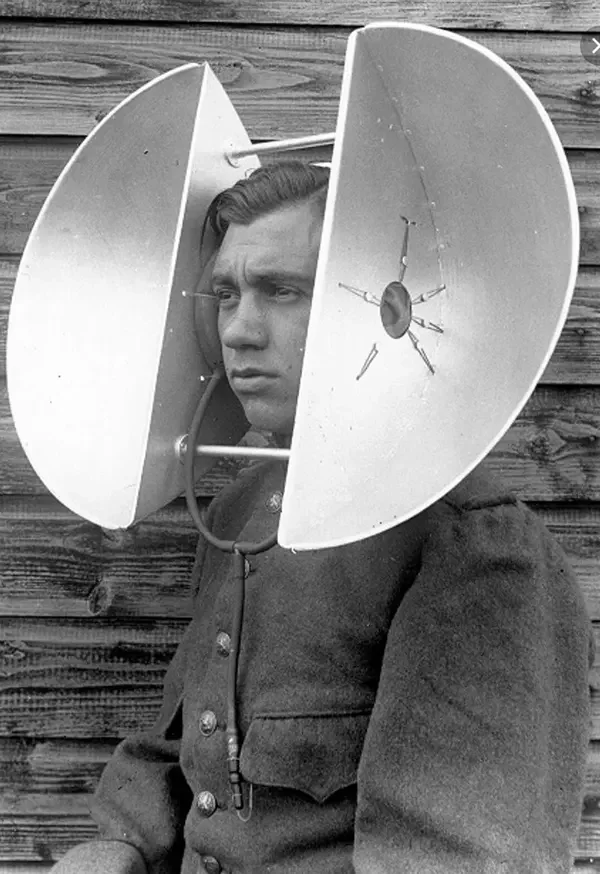
Radar Man, Netherlands, 1930s
Before radar was invented, armed forces needed an effective way to detect approaching enemy aircraft. This need led to the development of the role of aircraft listening devices.
In the UK, large acoustic mirrors were used to amplify sound and detect the direction of approaching aircraft. Some of these historic acoustic mirrors still exist today and have even been restored to preserve their legacy.
In Japan, the military used what were called “battle tubes,” large, horn-like devices that served a similar function. They focused and amplified the sound of aircraft engines, providing early warning of incoming threats.
13. The Human Computer 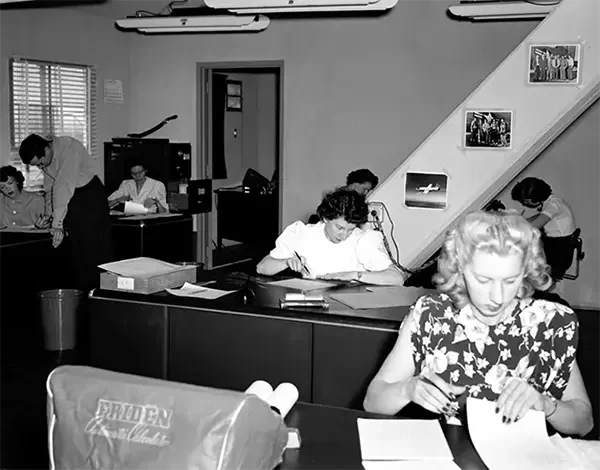
NACA High Speed Flight Facility, "Computer Room", 1949
Those who have seen the movie Hidden Figures are probably already familiar with the concept of "human computers" - people hired to perform mathematical calculations by hand.
One of the earliest known examples of human computers dates back to 1757, when French mathematician Alexis-Claude Clairaut hired a team to help predict the appearance of Halley's Comet.
While the advent of machine computing gradually reduced the reliance on human computers, they were not completely replaced until the 1970s.
During both world wars, human computers played a key role in performing complex calculations, supporting fields ranging from ballistics to cryptography.
14. Soda jerk (or soda jerk), or even a soda jerk 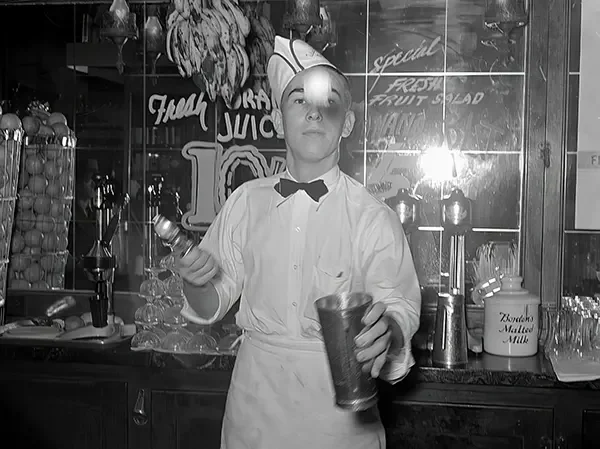
A vendor drops a scoop of ice cream into a metal mixing cup before making a malt shake, Texas, 1939
In America, a soda jerk was a young man who worked at a soda fountain in a drugstore. His job was to prepare and serve carbonated drinks and ice cream sodas. To make the drink, he mixed flavored syrup, carbonated water, and sometimes malt powder with ice or a few scoops of ice cream.
The profession has been an integral part of American culture since the 19th century.
Before cocaine was banned in 1914, it was common for soda fountains to offer drinks containing a mixture of cocaine and caffeine. However, even after cocaine was removed from the recipes, the love for soda remained strong, and people continued to frequent their local fountains.
By the 1930s and 1940s, approximately half a million people worked as soda fountain dispensers throughout the United States. However, the popularity of fast food restaurants, gas stations, and other cultural changes led to the gradual decline of the soda fountain era.
15. Latrine Cleaner (Goldsmith) 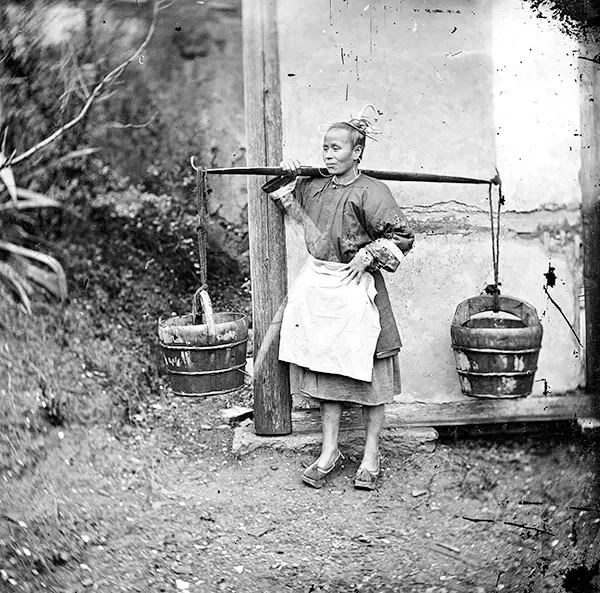
Woman Carrying Buckets of "Night Soil", 1871
"Night soil" is a historical euphemism for human excrement collected from cesspools, latrines, garbage cans, sumps, etc. Night soil was sometimes sold as fertilizer. In areas without sewer systems, gold miners, or "night soil farmers," played an important role in providing sanitation. These workers cleaned out toilets, usually at night.
With the development of modern sewer systems, waste management gradually changed, reducing the need for manual methods.
16. Telegraphist 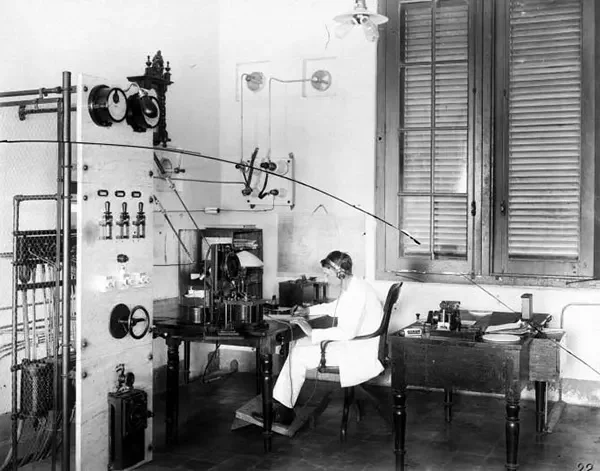
Telegraphist, before 1927
A telegraphist was responsible for operating the telegraph, which transmitted messages between senders and receivers. During World War I, the Royal Navy made extensive use of volunteers as wireless telegraphists. These men were vital to maritime communications in the early days of wireless telegraphy.
Many young men were recruited as professional wireless telegraphists. Because of its importance and specialized nature, the job gave them highly paid officer status aboard ships.
17. Linotype Operator 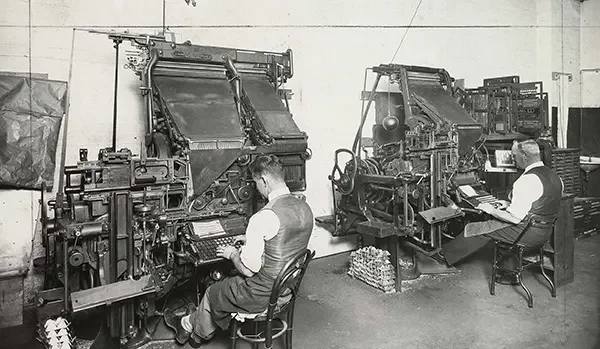
Linotype machines, Anthony Hordern & Sons department store, circa 1935
Linotype machines revolutionized the printing industry by greatly simplifying the process of printing newspapers and other printed materials. This innovation gave impetus to the emergence of a new profession - the Linotype operator.
The machine itself contained molds for each letter of the alphabet, and as the operator typed, the letters formed lines of text. mThe machine then cast a line in hot metal, forming a solid strip, similar to a stamp with that line. By combining several of these strips, entire newspaper pages could be effectively created.
For linotype operators, accuracy was of the utmost importance, as any errors in typesetting would be repeated in every printed copy.
In the United States, slubber-doffers were children who were tasked with changing spools in textile mills. Others took on roles such as sweeping the factory floors, and some even advanced to become spinners.
Unfortunately, working in these factories was dangerous, and fatal accidents were not uncommon. Moreover, these young workers faced a higher risk of respiratory illness due to the harsh conditions. It was not until the 1930s that child labor laws were passed at the federal level to protect children from such dangerous and exploitative working conditions.
18. Phrenologist 
One of the most fascinating, yet forgotten professions in medicine was that of a phrenologist. These specialists studied the shape of the skull and the bumps on people's heads, believing that this would help reveal a person's abilities and character traits.
However, phrenology turned out to be a pseudoscience with no scientific basis. Unfortunately, it also became a tool in the hands of racists, who used it to claim that differences in the shape of the skull between races could serve as evidence of superiority and more developed intelligence in representatives of the Caucasian race compared to others. These claims were completely unfounded and had no factual basis.
